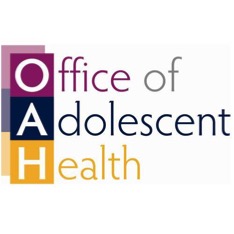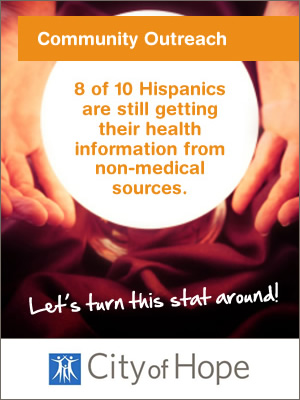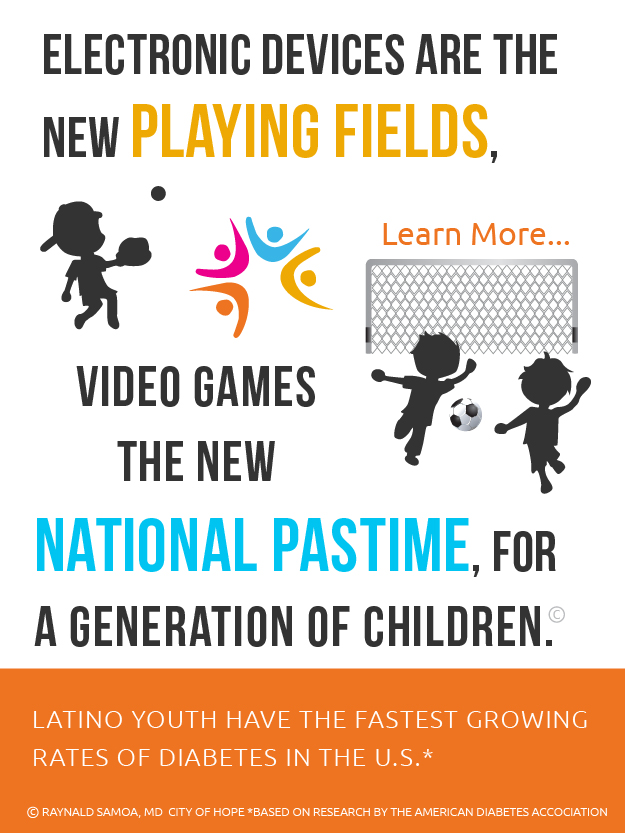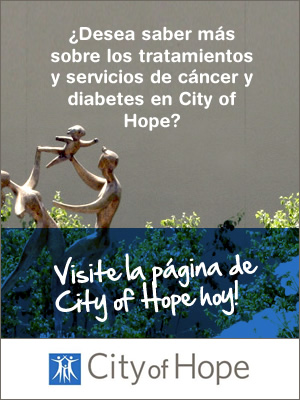
Health Snapshot - Hispanic Adolescents in the United States
06/08/2015 03:32PM | 8220 viewsOur nation’s adolescents are becoming increasingly diverse, and this trend will continue in the decades to come.
Today, more than one in five youth between the ages of 10 and 19 in the United States is Hispanic.1 By 2020, that figure will rise to approximately one in four and, by 2040, nearly one in three adolescents will be Hispanic.2 The Office of Adolescent Health, in collaboration with the Office of Minority Health, offers a snapshot of how Hispanic adolescents are faring on a range of critical health indicators.
Did You Know? Hispanics in the U.S. trace their origins to 20 Spanish-speaking countries.3 More than 80 percent of Hispanic youth under the age of 18 were born in the United States. Most have at least one immigrant parent.4 Providing Hispanics (including Hispanic adolescents) with culturally and linguistically appropriate health services may lead to improved quality of care and more positive health outcomes.5
Hispanic adolescents in the U.S...
• Increasingly have health care coverage.In 1998, almost one in three Hispanic adolescents ages 12 to 17 lacked health insurance; in 2011, that figure was fewer than one in five.6 Still, in 2011, Hispanic adolescents were more than twice as likely as white or black youth not to have health insurance, and were also less likely to have a “usual place of health care."7•
• What Works! Visit InsureKidsNow.gov to find out whether adolescents qualify for no-cost or low-cost health insurance coverage through Medicaid or the Children’s Health Insurance Program (CHIP). You can also find information specific to your state here, or by calling 1-877-Kids-Now (1-877-543-7669). Beginning October 1, 2013, persons who are seeking health insurance can find out more about their health insurance options and eligibility in the Health Insurance Marketplace. Learn more about the Marketplace.
• Increasingly delay becoming a parent. Teen pregnancy is linked to negative outcomes for teen parents and their child(ren).8,9,10Hispanic adolescents continue to be the teens most likely to have a baby, but a Centers for Disease Control and Prevention report shows that, between 2010 and 2011, the birth rate for all teens fell 8%, and the Hispanic teen birth rate fell a full 11%.11
• What Works!Check out programs in OAH’s database of evidence-based programs that are proven to reduce the risk of teen pregnancy and sexually transmitted diseases. Also, OAH’s Talking with Teens has strategies for parents and other caring adults on talking to adolescents about tough issues, including sex.
• Earn degrees at higher rates than ever before. Greater educational attainment can improve individual earning power and promote positive health behaviors, which contribute to positive health outcomes.12 Though drop-out issues persist, U.S. Department of Education data show Hispanic youth are completing high school, enrolling in higher education, and earning degrees at higher rates than ever before.13 Between 2010 and 2011, the percent of Hispanic youth completing high school increased from 73 to 76%14 and, between 2007 and 2010, the Hispanic high school dropout rate decreased by more than 6%.15
• What Works!For strategies proven to work in preventing dropout and encouraging high school completion, check out 17 interventions identified by the U.S. Department of Education’s What Works Clearinghouse.
Still, Hispanic adolescents continue to struggle with disparities related to mental health, substance abuse, and physical activity. Specifically, they:
• Struggle with high rates of mental health and substance abuse issues.Two national surveys reveal that many Hispanic teens struggle with mental health16 and substance abuse issues.17 Hispanic male and female adolescents were more likely to feel depressed than their black and white peers, and a higher percentage of female Hispanic teens felt suicidal. Hispanic teens were also more likely to have ever tried smoking, to drink alcohol (and to start at a younger age); to drive with someone who had been drinking; and to try cocaine, inhalants, and ecstasy.18
• What Works!The Substance Abuse and Mental Health Services Administration maintains a National Registry of Evidence-based Programs and Practices proven to help youth achieve or maintain positive mental health, and stop or avoid substance abuse. The database includes a number of programs that have been found effective for Hispanic adolescents. Many health insurance plans, now cover alcohol and drug use assessments, as well as depression screening for adolescents under the Affordable Care Act.
• Face challenges to maintaining a healthy weight. Rates of obesity are higher for Hispanic adolescents than for black and white U.S. adolescents.19 Hispanic parents cite a greater number of barriers to their children’s physical activity than do white parents.20 Also, Hispanic high school students are more likely than their white peers to spend three or more hours a day watching TV, and are less likely than their white or black peers to be part of an organized sports team.21
• What Works! Salud America!, the Robert Wood Johnson Foundation’s Research Network to Prevent Obesity Among Latino Children, has 20 reports by grantees that detail their experiences tackling Hispanic obesity issues, including accounts of menu labeling and physical education policies. Let’s Move!, First Lady Michelle Obama’s initiative to combat childhood obesity, proposes 5 steps for success that parents, youth, schools, and others can take to promote healthier outcomes for young people. Also, many insurance plans now cover height, weight, and body mass index assessments, as well as obesity screening and counseling for adolescents.
1Child Trends analysis of US. Census Bureau. (2012). Population Projections: 2012 National Population Projections. Available here.
2Ibid.
3Landale, N. S., & Oropesa, R. S. (2007). Hispanic families: Stability and change. Annual Review of Sociology, 33, 381-405.
4Fry, R., & Passel, J.S. (2009). Latino children: A majority are U.S.-born offspring of immigrants. Washington, DC: Pew Hispanic Center.
5University of Massachusetts Medical School, Office of Community Programs. (2004). Physician Toolkit and Curriculum: Resources to Implement Cross-Cultural Clinical Practice Guidelines For Medicaid Practitioners. Washington, DC: US Department of Health and Human Services, Office of Minority Health. Available here.
6Child Trends’ original analysis of National Health Interview Survey data.
7Centers for Disease Control and Prevention. (2012). Summary health statistics for U.S. children: National Health Interview Survey, 2011. Vital and Health Statistics Reports 10(254): Hyattsville, MD: National Center for Health Statistics. Available here.
8Hofferth, S. L., Reid, Reid, L., & Mott, F.L. (2001). The effects of early childbearing on schooling over time. Family Planning Perspectives, 33(6), 259-267.
9Brien, M. J., & Willis, R. J. (2008). Costs and consequences for the fathers. In S. D. Hoffman, & R. A. Maynard (Eds.), Kids having kids: Economic costs & social consequences of teen pregnancy (2nd ed., pp.119-160). Washington, DC: The Urban Institute Press.
10Manlove, J. T. Humen, T., Mincieli, E. L., & Moore, K. (2008). Outcomes for children of teen mothers from kindergarten through adolescence. In S. D. Hoffman, & R. A. Maynard (Eds.), Kids having kids: Economic costs & social consequences of teen pregnancy (2nd ed., pp. 119-160). Washington, DC: The Urban Institute Press.
11Hamilton, B. E., Martin, J. A., & Ventura, S. J. (2012). Births: Preliminary Data for 2011. National Vital Statistics Reports, 61(5).
12Freudenberg, N. & Ruglis J. (2007).Reframing school dropout as a public health issue. Preventing Chronic Disease, 4(4):A107.Available here.
13Aud, S., Hussar, W., Johnson, F., Kena, G., Roth, E., Manning, E., Wang, X., and Zhang, J. (2012). The Condition of Education 2012 (NCES 2012-045). U.S. Department of Education, National Center for Education Statistics. Washington, DC. Available here.
14Fry, R. & Lopez, M.H. (2012). Hispanic student enrollments reach new highs in 2011: Now largest minority group on 4 year college campuses. Washington, DC: Pew Hispanic Center. Appendix B
15See Aud, et al, 2012.
16Centers for Disease Control and Prevention. (2012). Youth Risk Behavior Surveillance United States, 2011. Morbidity and Mortality Weekly Report 61(4).
17Johnston, L. D., O’Malley, P. M., Bachman, J. G., Schulenberg, J. E. (2012). Monitoring the Future, national results on adolescent drug use: Overview of key findings, 2011. Ann Arbor: Institute for Social Research, the University of Michigan.
18Centers for Disease Control and Prevention. (2012). Youth Risk Behavior Surveillance-United States, 2011. Morbidity and Mortality Weekly Report 61(4).
19Fryer, C.D., Carroll, M. D., & Ogden, C. L. (2012). Prevalence of obesity among children and adolescents: United States, trends 1963-1965 through 2009-2010. Hyattsville, MD: National Center for Health Statistics. P.6, Table 2
20Nyberg, K., Ramirez, A., & Gallion, K. (2011). Physical activity, overweight and obesity among Latino youth. Princeton, NJ: Robert Wood Johnson Foundation.
21Centers for Disease Control and Prevention. (2012). Youth Risk Behavior Surveillance-Unites States, 2011. Morbidity and Mortality Weekly Report 61(4).
Last updated: July 09, 2014











Post your Comment
Please login or sign up to comment
Comments